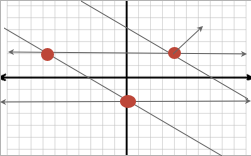By looking at four particular areas of emphasis in contemporary composition classrooms, the convergent nature of multimodal assignments and the uses of portfolios as assessment and learning emerge.
Portfolios and multimodal composition come together most obviously in their abilities to
- emphasize purpose and audience in text construction;
- emphasize a process of text construction;
- emphasize student growth; and
- emphasize collaboration.
Portfolios and multimodal composition, when used individually or coupled, can also have negative effects on classroom experiences for teachers and students.

When meant to compliment students’ learning styles, give students the benefit of the doubt, or encourage collaborative enterprises, the use of portfolios and assignments calling for multimodal composition can alienate students.
On the other hand, when poorly developed or developed with little regard to classroom context, portfolios and multimodal composing are ineffective learning tools that may ultimately be detrimental to students’ and teachers’ learning processes.